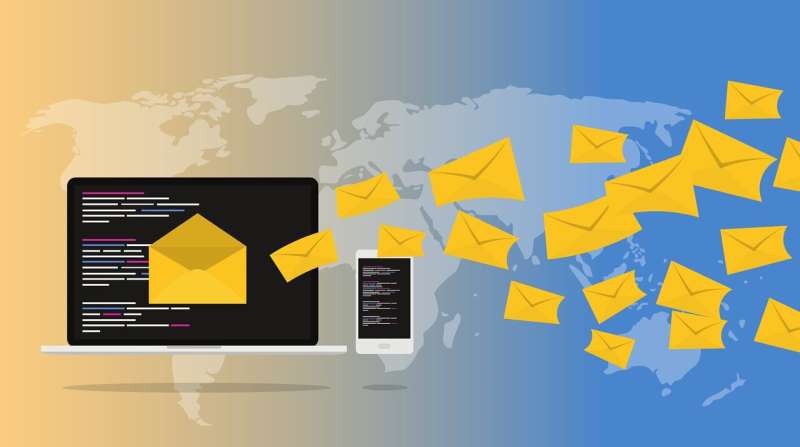
People can limit the negative impact of email, not necessarily by sending less email, but by sending better emails that clearly define response expectations, according to a new study from the ILR School.
Email is a tremendous source of workplace stress, as the expectation that every message will be read and responded to as soon as it arrives in one’s inbox has become a workplace norm. But it doesn’t have to be that way, researchers said.
“The huge shift to remote work that has accompanied the COVID pandemic has meant that for many people the lines between work and home have blurred more than ever,” said Vanessa Bohns, associate professor in the Department of Organizational Behavior and co-author of “You Don’t Need to Answer Right Away! Receivers Overestimate How Quickly Senders Expect Responses to Non-Urgent Work Emails,” forthcoming in the journal Organizational Behavior and Human Decision Processes.
“That makes it even more important to recognize that people have different working hours—and off-hours—and even more important for senders to clarify that simply because it was a good time for them to send off a work email, recipients shouldn’t be expected to respond immediately, particularly if it arrives in their inbox during their off-hours,” Bohns said.
The paper was co-authored with Laura M. Giurge of the London Business School.
Across eight studies, specifically focusing on non-urgent work emails sent outside normal work hours, the authors found that the email urgency bias is more prevalent outside regular work hours, but may also extend to within the workday.
They also found that email urgency bias created more stress for the receivers than the senders predicted, especially for emails received outside business hours.
Finally, through their research Bohns and Giurge found that a small adjustment on the sender’s side—making their unspoken response speed expectations clear—helps to alleviate the email urgency bias.
“Integrating insights from boundary theory and the egocentrism literature, we suggest that email senders and receivers have divergent expectations in terms of response speed. That is, receivers assume senders expect a faster response than they actually do,” the authors wrote.
“We label this phenomenon the email urgency bias, and we argue that this error is the result of an egocentric bias that leads receivers to overestimate senders’ response speed expectations.”
More information: Laura M. Giurge et al, You don’t need to answer right away! Receivers overestimate how quickly senders expect responses to non-urgent work emails, Organizational Behavior and Human Decision Processes (2021). DOI: 10.1016/j.obhdp.2021.08.002
Citation: Set expectations to reduce email stress (2021, September 27) retrieved 1 October 2021 from https://medicalxpress.com/news/2021-09-email-stress.html
This document is subject to copyright. Apart from any fair dealing for the purpose of private study or research, no part may be reproduced without the written permission. The content is provided for information purposes only.
Note: This article have been indexed to our site. We do not claim ownership or copyright of any of the content above. To see the article at original source Click Here













